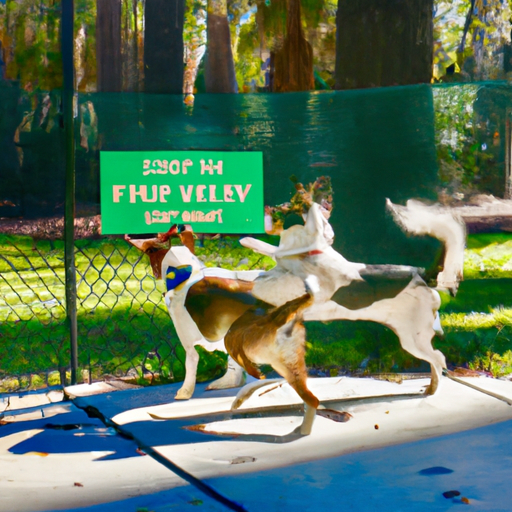As a caregiver, your role is as vital as it is challenging. One of the most stressful situations you can face is when two dogs begin fighting. As a voice of reason, it’s your duty to defuse the situation without causing harm to yourself or the dogs. This guide will provide you with a detailed strategy on how to separate fighting dogs safely.
Understanding Why Dogs Fight
Understanding why dogs fight can help prevent fights and also manage them when they occur. Dogs are social animals, and most fights are about establishing dominance. They might fight over food, toys, attention, or space. Sometimes, they fight because they’re scared or stressed.
Try to identify triggers that lead to fights and work on eliminating those triggers. For example:
- Share attention and resources equally among all dogs
- Provide each dog with their personal space
- Train dogs to follow commands
Establishing Safety Measures
Before you can intervene in a dog fight, it’s crucial to ensure your safety. Keep these principles in mind:
-
Never use your hands or body to separate fighting dogs: You may instinctively want to use your hands to pull the dogs apart, but this can lead to severe injuries.
-
Avoid shouting or screaming: Dogs can interpret this as you joining the fight, which can escalate the situation.
-
Use tools to separate dogs: There are several tools like dog deterrent sprays, air horns, or hoses that can be used to break up a dog fight.
-
Avoid face-to-face confrontation: Never put your face close to a fighting dog. They are in a heightened state of aggression and may attack.
Techniques to Separate Fighting Dogs
There are a few methods that you can use to separate fighting dogs. Each of them has its pros and cons, so it’s important to choose the right method based on the situation.
-
Distract them: Loud noises or sudden water sprays can distract the dogs long enough for you to separate them.
-
The Wheelbarrow Method: This method involves one person grabbing each dog by the hind legs and pulling them apart. It’s essential that both dogs are pulled apart at the same time to avoid one dog being dragged by the other.
-
Use a Break Stick: A break stick is a device designed to open a dog’s mouth. It can be used to separate dogs locked in a fight. However, this should be used as the last resort and only by someone who knows how to use it.
After the Fight: Care and Prevention
Once the fight is over, the first thing you should do is to separate the dogs. They should be kept in separate rooms or areas where they cannot see each other. Check for wounds and consult a vet immediately if required.
Prevention is always better than cure. Train your dogs, provide them with a stress-free environment, and supervise them closely, especially when they are with other dogs.
| Preventive Measures | Why it’s important |
|---|---|
| Regular training | To establish control and command over the dogs |
| Neutral territory | To avoid fights over territory |
| Equal attention and resources | To prevent jealousy and fights over resources |
FAQ
Q: What should I do if my dogs keep fighting?
A: If your dogs keep getting into fights, it might be best to consult with a professional dog behaviorist. They can provide insight into why the fights are happening and how to prevent them.
Q: Can I use a break stick on any breed of dog?
A: A break stick is generally used on breeds with strong jaw muscles like pit bulls. However, it should only be used by someone who knows how to properly use it.
Q: Should I punish my dogs after a fight?
A: Punishing dogs after a fight can reinforce negative behavior. Instead, focus on positive reinforcement and training.
Q: How can I tell if my dog needs medical attention after a fight?
A: If your dog is limping, has visible wounds, or is acting unusual, you should consult with a vet. It’s always better to err on the side of caution.
Remember, as a caregiver, your primary job is to provide a safe and nurturing environment for your dogs. Understanding their behavior, setting boundaries, and intervening safely when necessary can ensure a peaceful co-existence.



